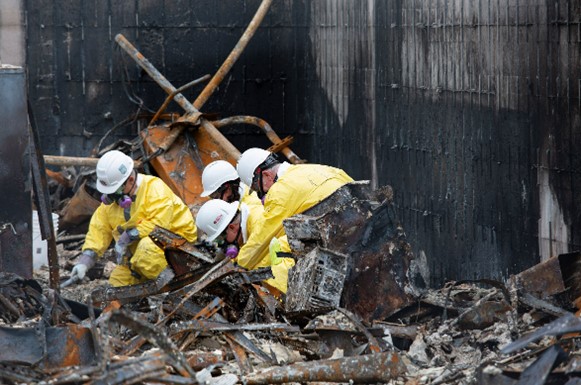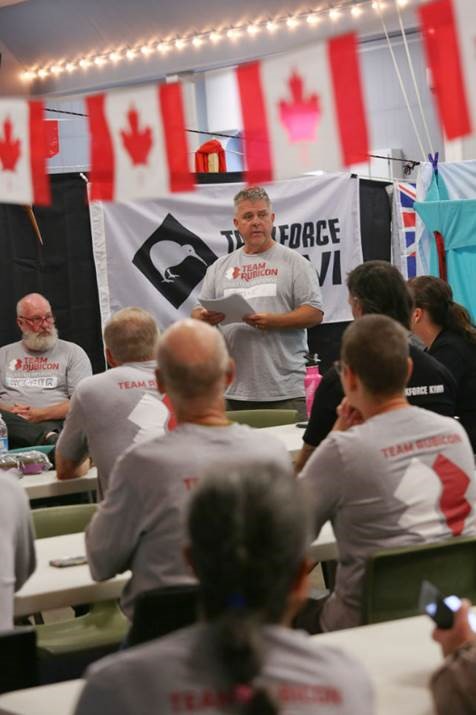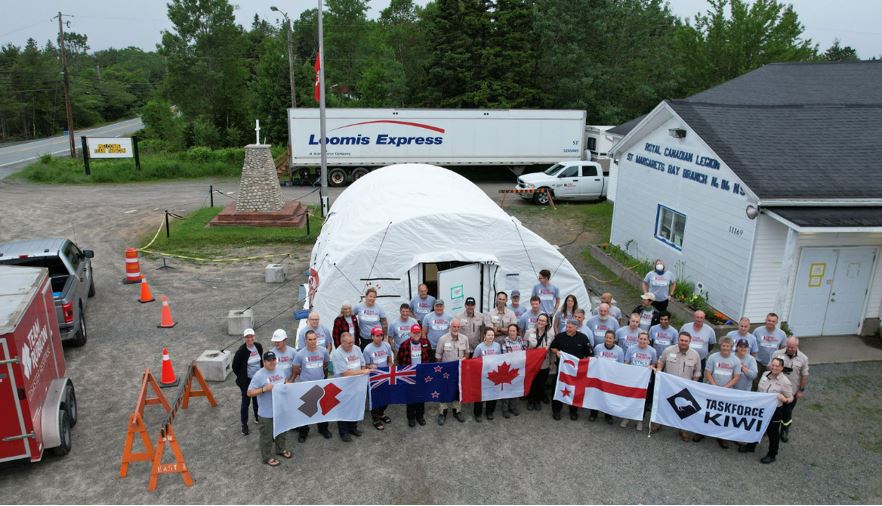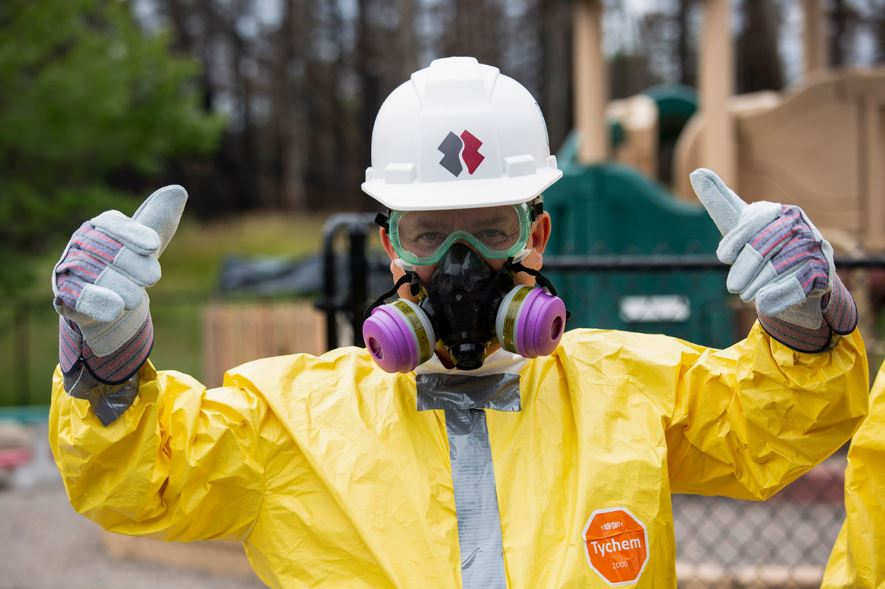People of Georgian: Veteran volunteers after wildfire destroys homes
Aug. 4, 2023
What’s your story?
The Georgian community is full of unique, inspiring perspectives —and we’re sharing them as part of an ongoing series.
People of Georgian: Meet Steve Waller
The most unforgettable moments were seeing the devastation while driving through the community – 167 houses completely destroyed.
But then, sometimes, you’d see lots of houses destroyed with one in the middle completely untouched, or all the houses on one side of a street destroyed while all the houses on the other side were intact.
Seeing how powerful this fire was and what it actually did to that community was quite impacting.

I was the planning officer for a team of volunteers with Team Rubicon Canada, a veteran-based organization that responds to emergencies and disasters in Canada and internationally.
After a wildfire ripped through the Hammonds Plains/Tantallon region in Nova Scotia, Team Rubicon deployed 126 volunteers, including seven from New Zealand, for three weeks this summer to help families recover any valuables they could.

Volunteering offers students ‘frontline experience’
Volunteering with Team Rubicon is a great opportunity for students because they get frontline experience responding to disasters, and they work shoulder to shoulder with veterans and active and retired frontline workers, firefighters, paramedics, police officers and a mix of other civilians.
It’s also one way to not just talk about helping others through our careers, but to go out and do it.

Team Rubicon locates urn of loved one’s ashes
When I was part of the Team Rubicon group in Nova Scotia this summer, it was so meaningful to meet with the homeowners and witness their resilience. They’re smiling, right? They’re showing up with coffee for us before we sift through the wreckage of their homes.
There were some unique finds. For example, somebody found an urn with ashes still inside of a woman’s late husband. If we hadn’t been able to go in there and do this, she probably wouldn’t have gotten that back.
For the sifting process, in case there’s asbestos in the house, we’re dressed in a Level 2 or 3 hazmat suit.

Steve sifts through burned-out homes
There’s quite a lot of debris in these houses, and the heat is quite intense.
You use everything you can get your hands on to help move debris out of the way. We had little gardening tools, such as rakes, to dig and pull stuff away.
An archaeological group from Dalhousie University donated a bunch of sifting tables for us to use, which was helpful for sifting through the smaller debris.
But a lot of it was just using your hands and feeling around, or gently using a rake. Then you’d feel something and pull it out. We found a lot of pots and pans that were all melted.
Funnily enough, we often found a lot of CorningWare that looked untouched, like in showroom condition. It was still white and had the logo on it.
It was a tremendously rewarding experience to play a small part in helping families recover from such a devastating event.
Steve Waller, professor in Georgian’s Human Services and Community Safety programs
One of our teams would go and spend four hours sifting through a single house and either we found items the homeowners were hoping to recover or everything was completely destroyed.
At least then they knew what was left. It was nice closure for a lot of these people.
It was a tremendously rewarding experience to play a small part in helping families recover from such a devastating event.
Steve Waller, a professor in Georgian’s Human Services and Community Safety programs and the program co-ordinator for the Protection, Security and Investigation program. Steve is also a 25-year veteran of the Canadian Armed Forces.